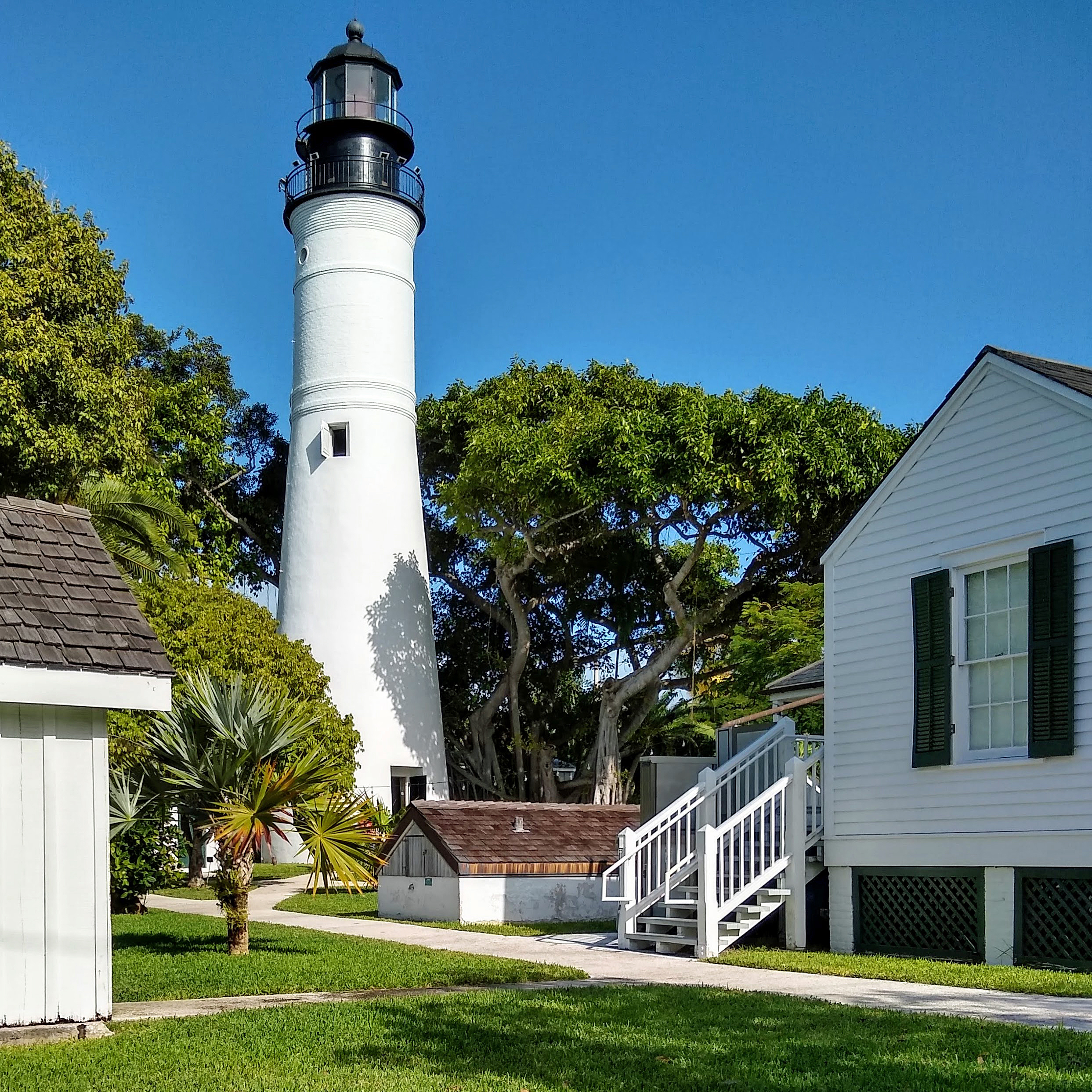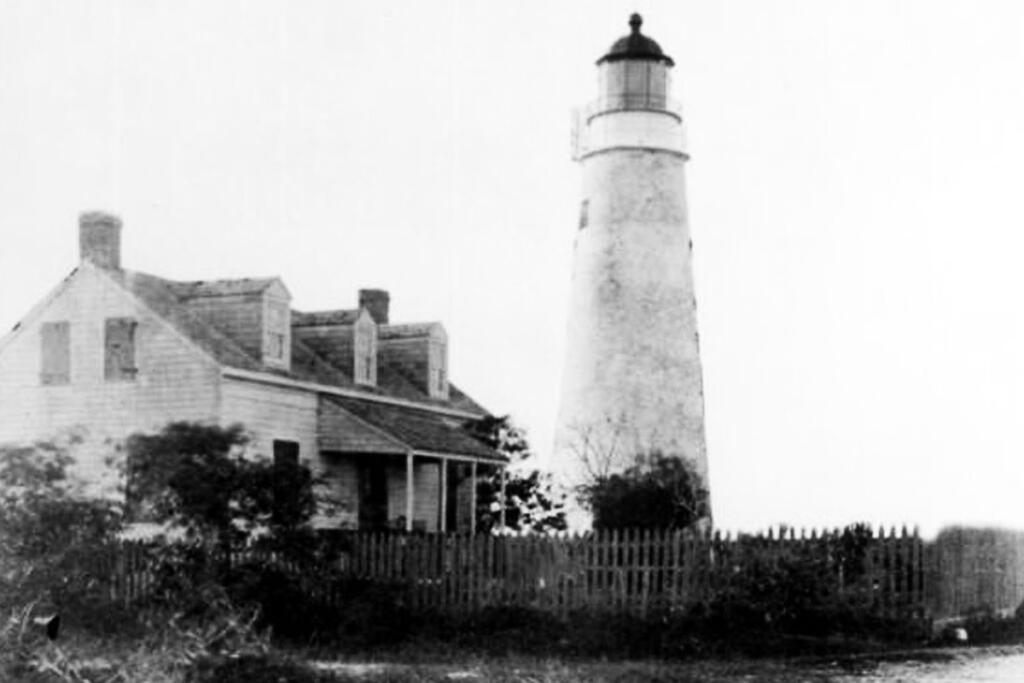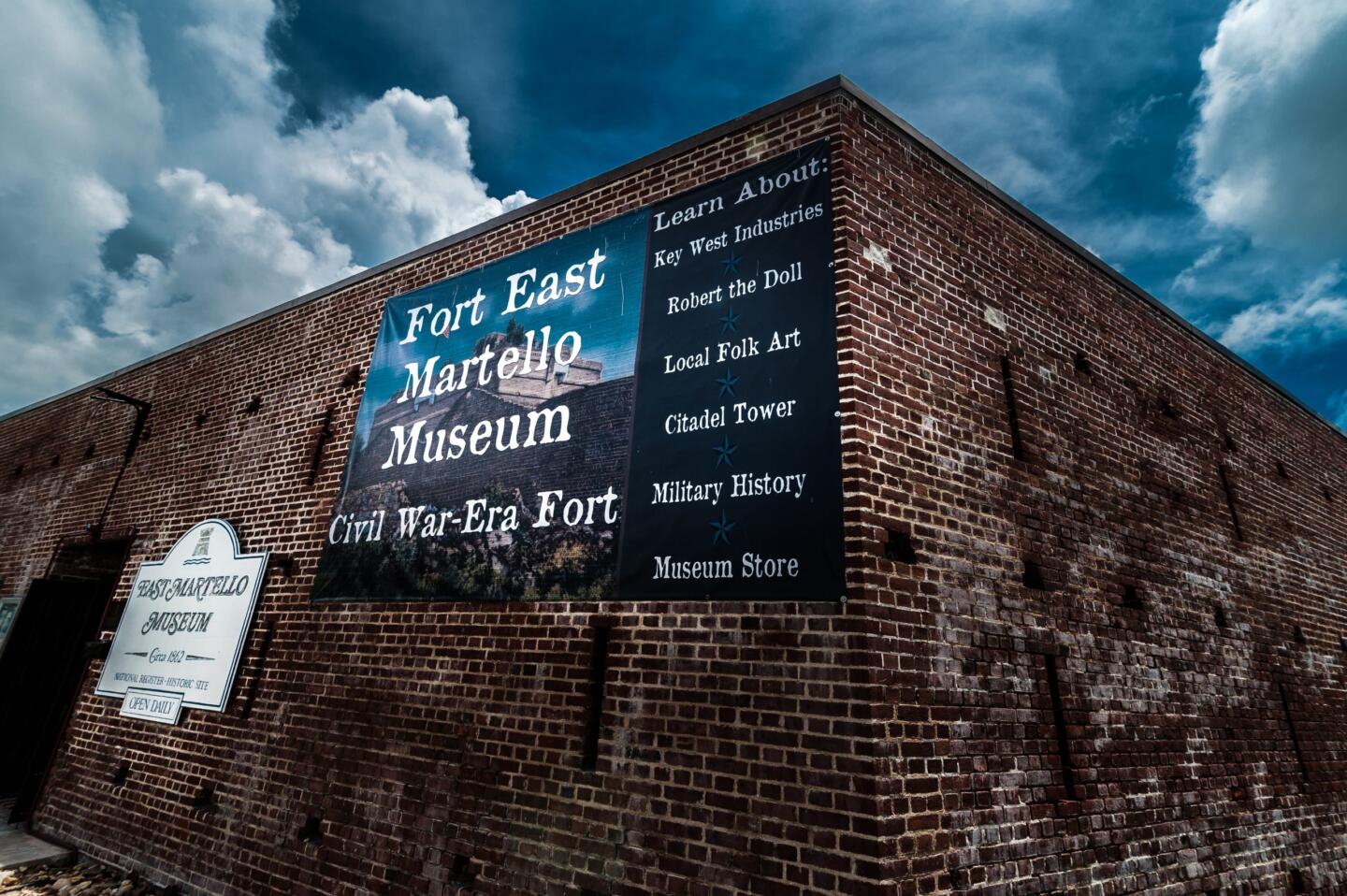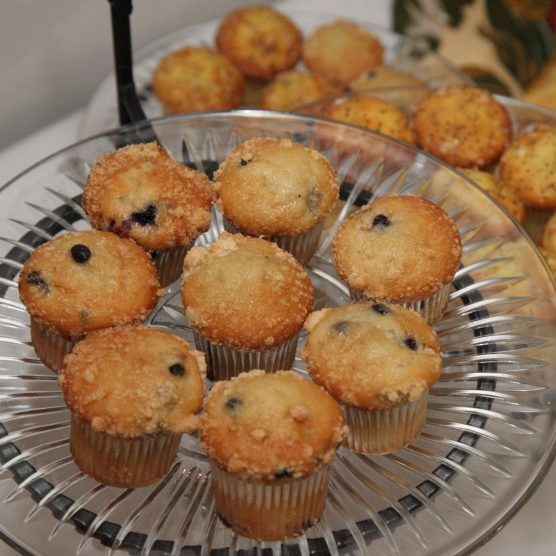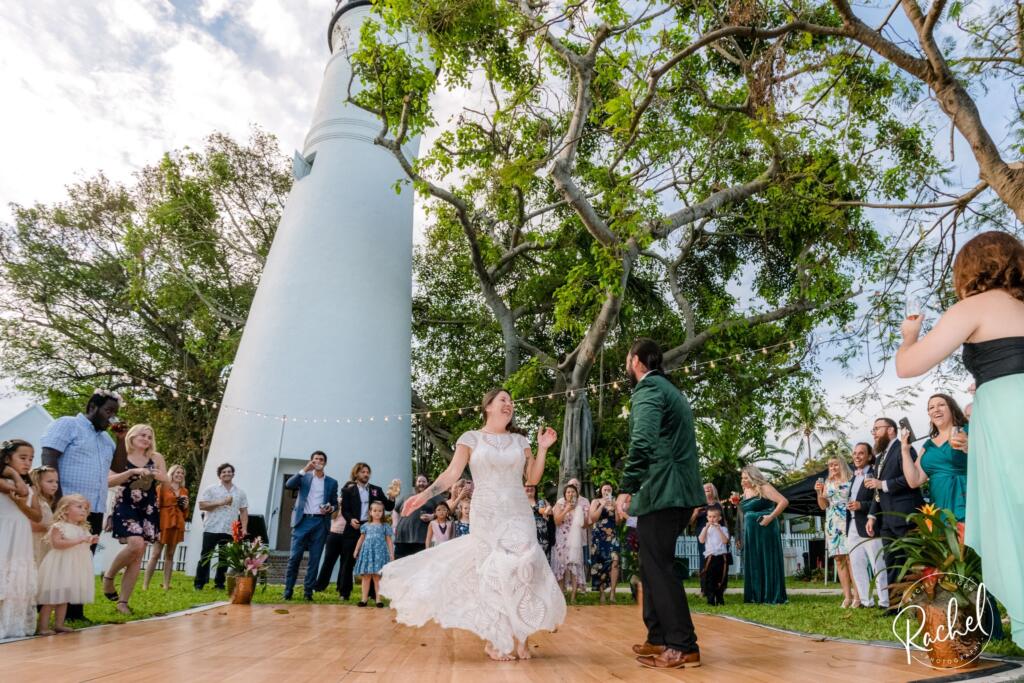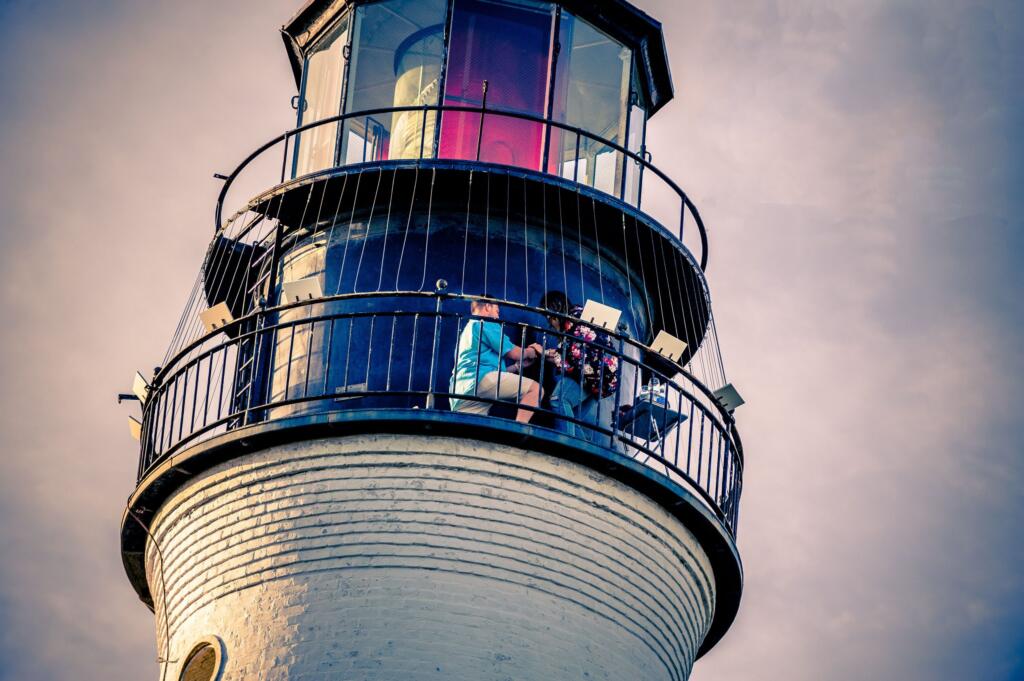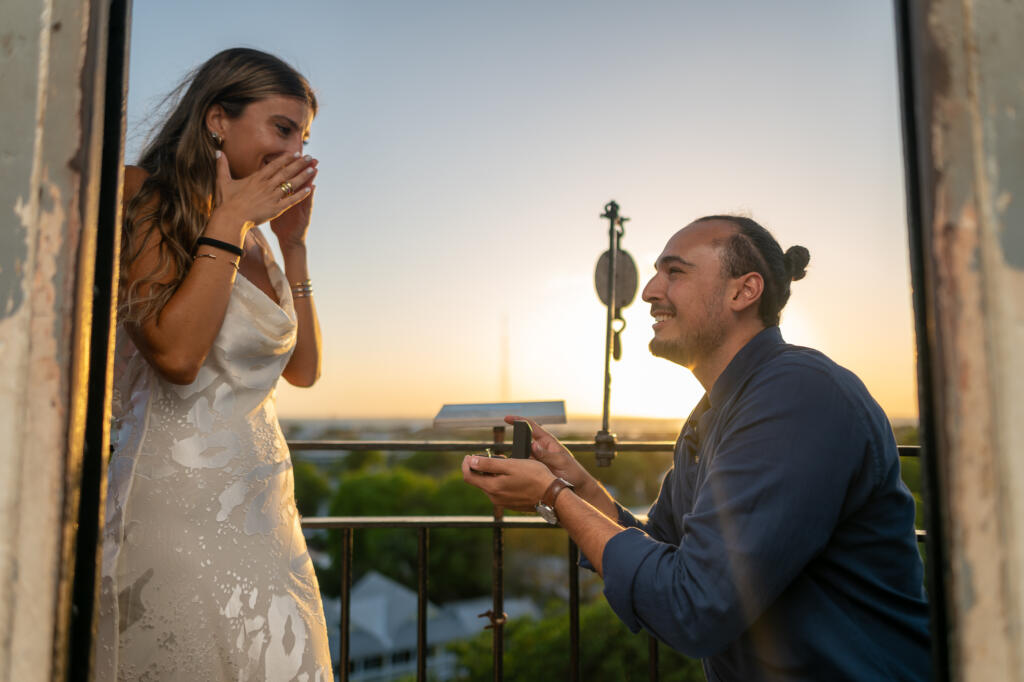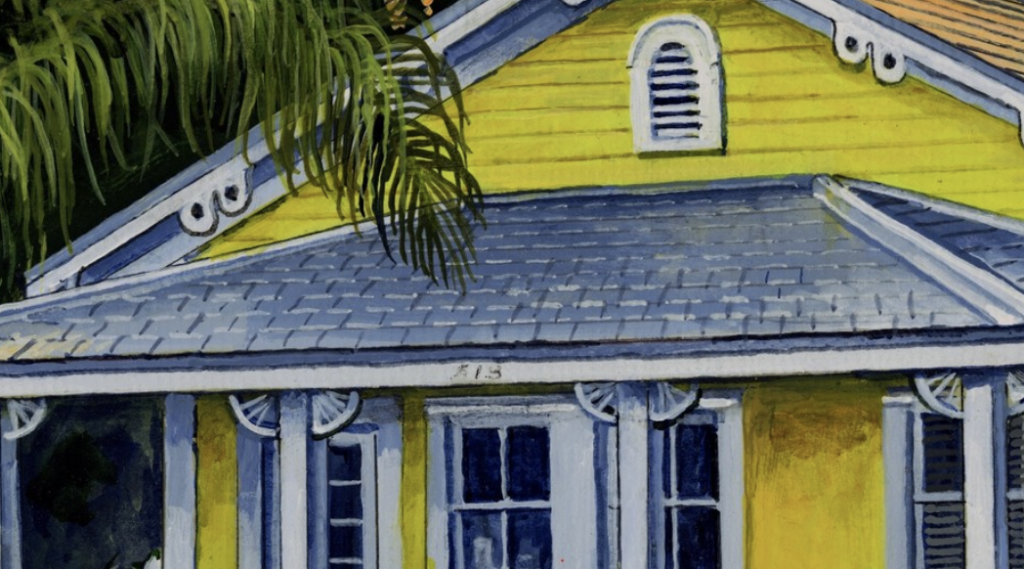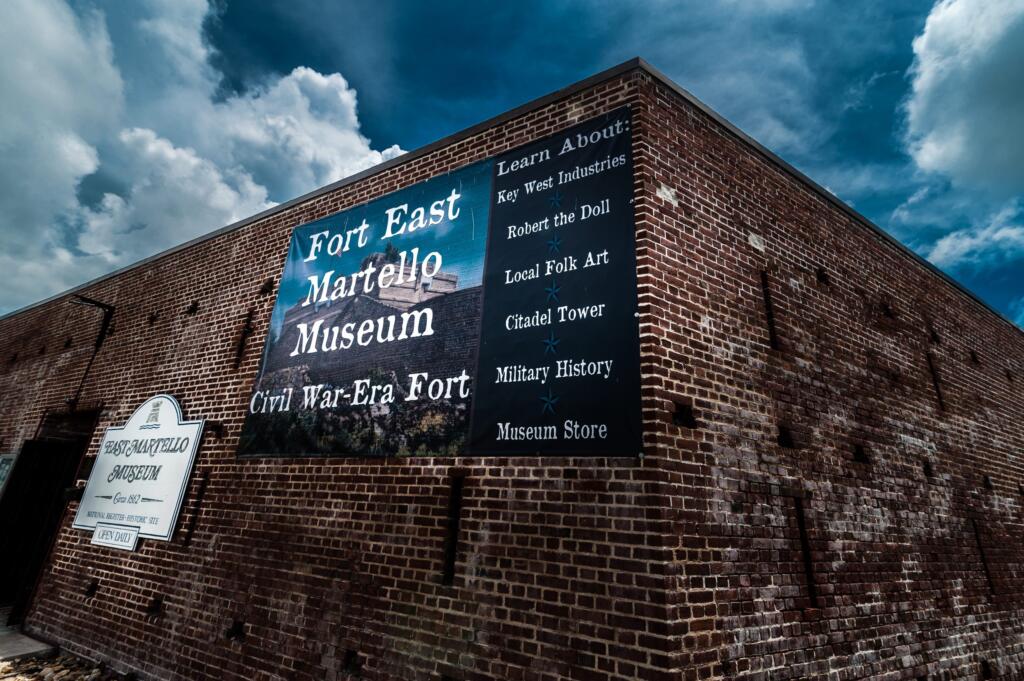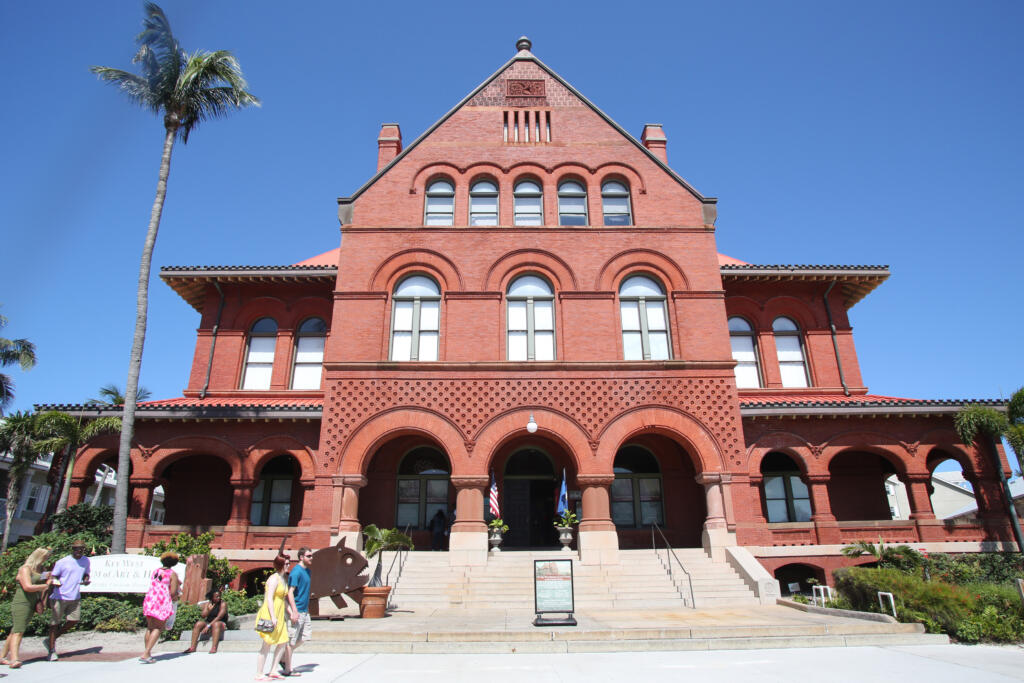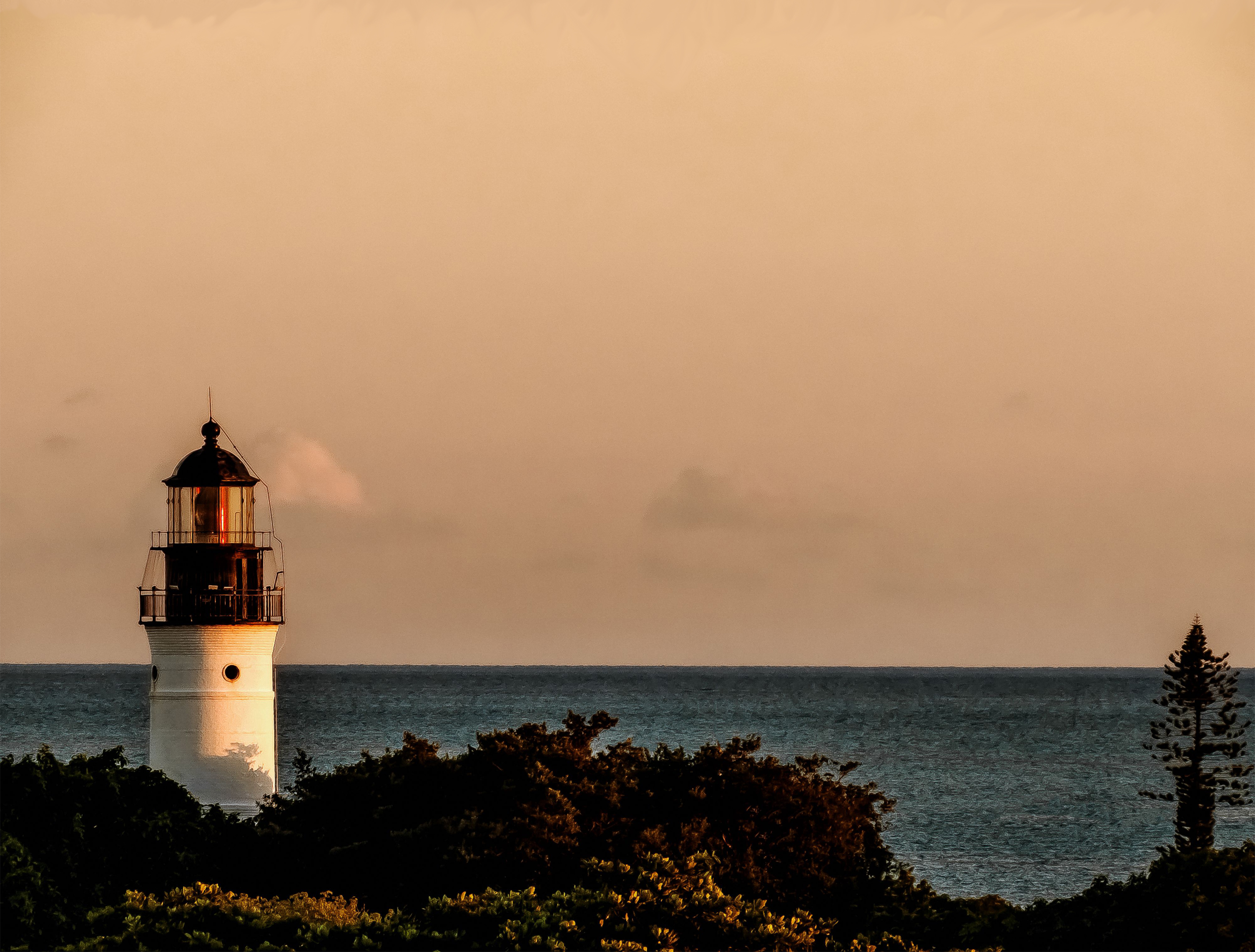
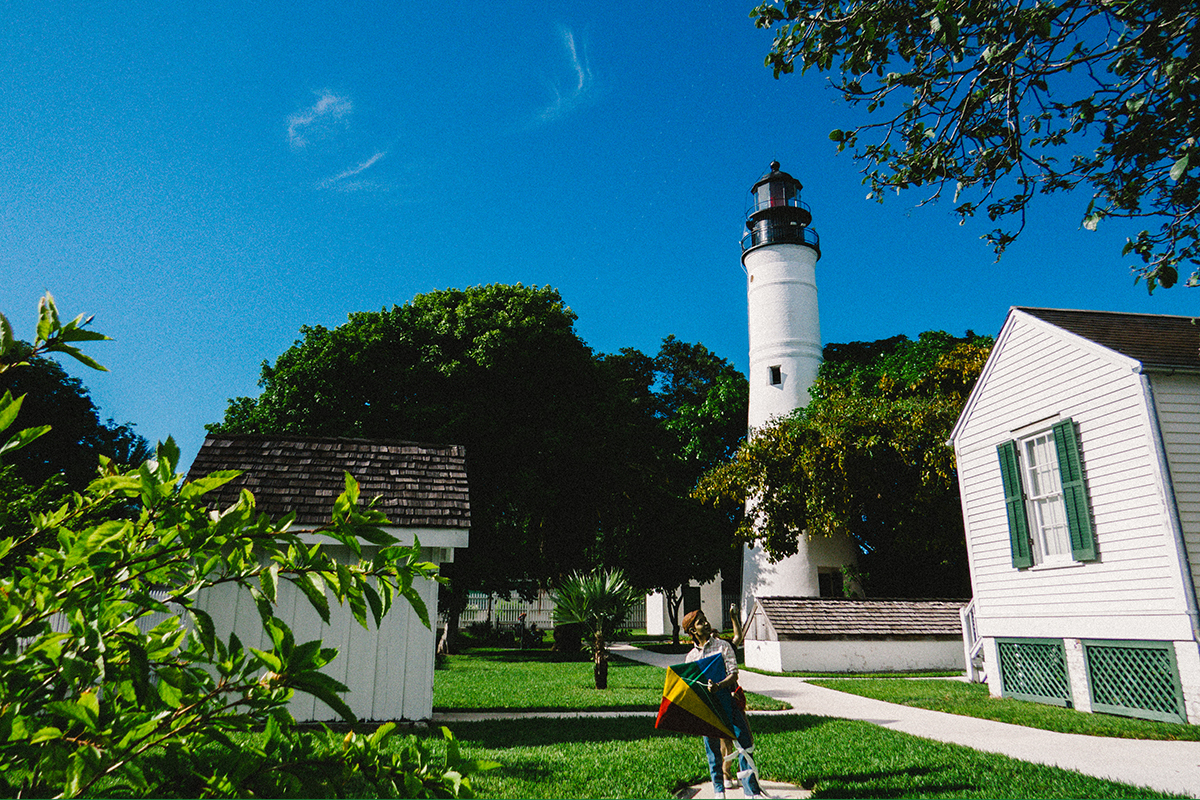
Plan Your Visit
Admissions
Adults: $17 ($15.50 online)
Senior/Local/College ID/Retired Military: $13 ($11.50 online)
Youth (Ages 7-18): $9 ($7.50 online)
Children (Under 7): Free
Active Military: Free
KWAHS Members: Free
Group Rates available upon request.
Facility Rental available upon request.

Address & Hours
938 Whitehead Street
Key West, Florida 33040
1 (305) 294-0012
Map
Open Monday to Sunday 10:00 a.m. – 5:00 p.m. (last admission 4:30 p.m.)

Museum Admissions
Journey through two centuries of Key West history by visiting all of our four historic sites. Each site serves as a museum, providing visitors with a unique perspective and understanding of the island’s past.
Get the Culture Pass
One Pass, 4 Great Museums
Exhibits
Our historic sites not only house the Society’s permanent collection, but also serve as galleries for our award-winning exhibitions.
Venue Rentals
The Society offers four unique museum venues, each with its own charm and historic character, ideal for hosting weddings, corporate gatherings, private parties, and community events.
Education
The Society is dedicated to offering educational, informative, and fun programming for learners of all ages.

